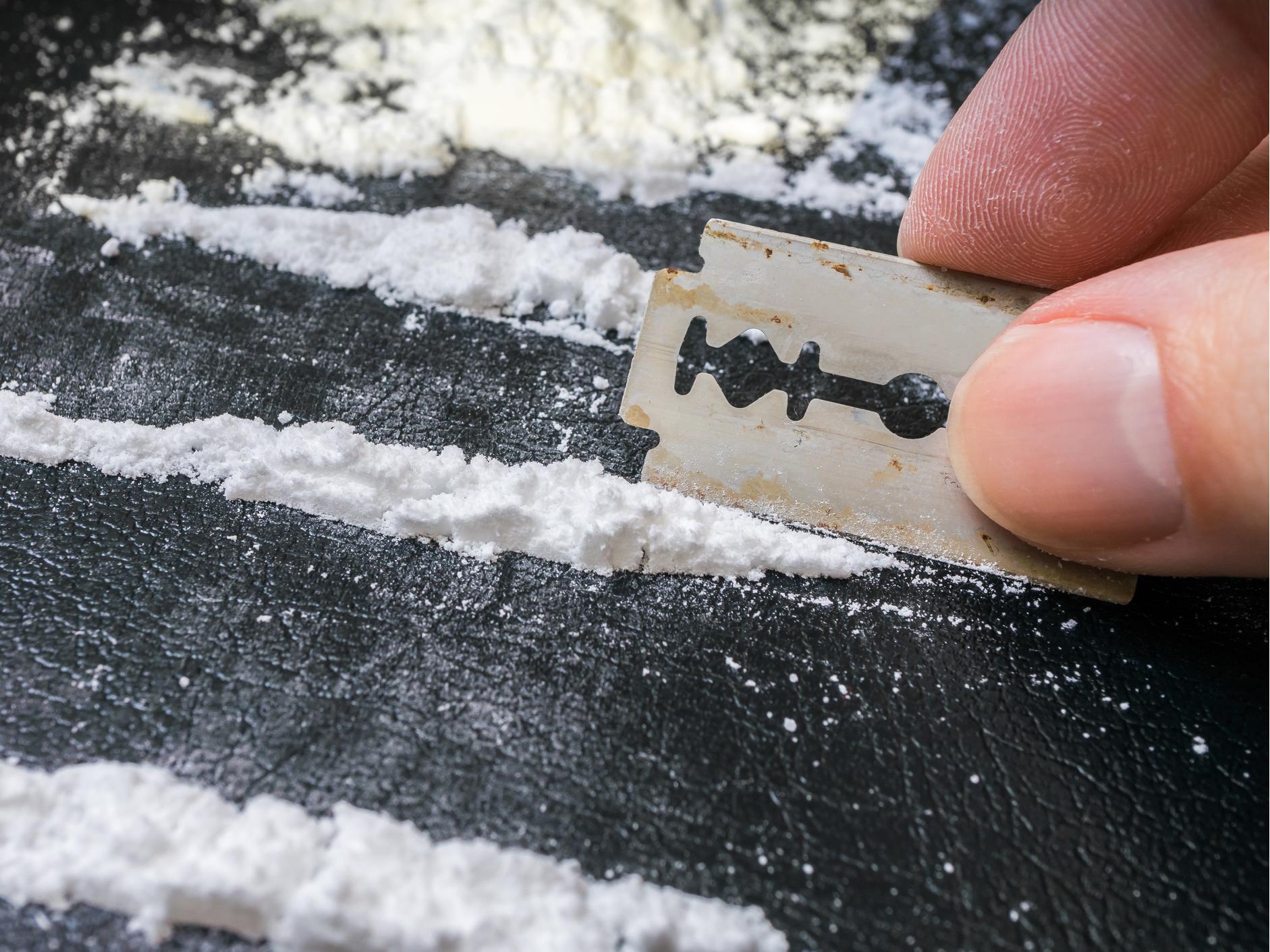One in 10 people have traces of cocaine or heroin on fingerprints, study finds
Scientists carry out research to help develop new drug tests that are 'non-invasive, simple and dignified'

Your support helps us to tell the story
From reproductive rights to climate change to Big Tech, The Independent is on the ground when the story is developing. Whether it's investigating the financials of Elon Musk's pro-Trump PAC or producing our latest documentary, 'The A Word', which shines a light on the American women fighting for reproductive rights, we know how important it is to parse out the facts from the messaging.
At such a critical moment in US history, we need reporters on the ground. Your donation allows us to keep sending journalists to speak to both sides of the story.
The Independent is trusted by Americans across the entire political spectrum. And unlike many other quality news outlets, we choose not to lock Americans out of our reporting and analysis with paywalls. We believe quality journalism should be available to everyone, paid for by those who can afford it.
Your support makes all the difference.More than one in 10 people were found to have traces of class A drugs on their fingers by scientists developing a new fingerprint-based drug test.
Using sensitive analysis of the chemical composition of sweat, researchers were able to tell the difference between those who had been directly exposed to heroin and cocaine, and those who had encountered it indirectly.
“Believe it or not, cocaine is a very common environmental contaminant – it is well known that it is present on many bank notes,” said Dr Melanie Bailey, an expert in forensic analysis at the University of Surrey. “Even so, we were surprised that it was detected in so many of our fingerprint samples.”
Despite the prevalence of illegal drug residue, even on drug-free participants, the researchers are hoping their new technique could be used as an alternative method of drug testing.
They set a cut-off point for their measurements, and in doing so were able to distinguish between a “normal” level of environmental contamination and the level resulting from actual drug use.
This technique proved effective even after people washed their hands.
“By establishing a threshold for significance on a fingerprint test, we can give those tested the peace of mind of knowing that whatever the result of the test may be, it was not affected by their everyday activities or shaking hands with someone that had taken drugs.”
The researchers gauged whether drug residue could be transferred via a handshake by asking study participants who had not been exposed to drugs to shake the hands of drug users.
They found that while cocaine and heroin could indeed by transferred via handshakes, their cut-off point allowed them to tell the difference between those who had actually encountered drugs and those who had not.
In total, Dr Bailey and her colleagues analysed the fingerprints of 50 drug-free volunteers and 15 drug users who claimed they had taken either heroin or cocaine in the previous 24 hours.
The researchers found around 13 per cent of fingerprints from non-drug users had traces of class A drugs on them.
“It’s clear that fingerprint testing is the future of drug-testing,” said Mahado Ismail, a chemistry PhD student at the University of Surrey and lead author of the new study.
The work, which was published in the journal Clinical Chemistry, was funded partly by Intelligent Fingerprinting – a company that has developed the world’s first portable fingerprint-based drug screening system.
This test works by analysing the sweat from a fingerprint sample, and is described by the company as “non-invasive, simple and dignified”.
Intelligent Fingerprinting’s CEO, Dr Jerry Walker, said the study will “help to add another robust layer to fingerprint drug testing”.
“Critically, it also helps to establish a quantifiable high threshold for environmental drug traces – further establishing the validity of our commercial fingerprint-based drug test for cocaine, opiates, cannabis and amphetamines,” she said.
“There are many factors that set fingerprint testing apart – it’s non-invasive, easy to collect and you have the ability to identify the donor by using the sample.”
Join our commenting forum
Join thought-provoking conversations, follow other Independent readers and see their replies
Comments